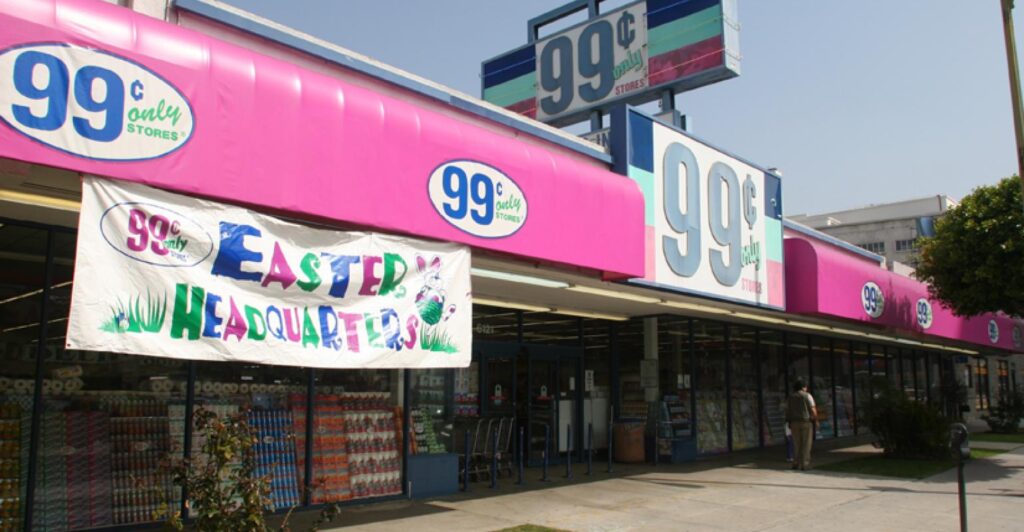Discount retailer 99 Cents Only Stores said it will wind down its operations and liquidate the merchandise and fixtures at all 371 locations.
The City of Commerce, Calif.-based company, which was founded in 1982 with an assortment of merchandise priced at 99 cents, last month had warned that it might have to file for bankruptcy protection amid a challenging macro environment.
The retailer also said it has named Chris Wells, who is managing director at Alvarez & Marsal, as chief restructuring officer, and said that Mike Simoncic, who has served as interim CEO of 99 Cents Only and who is also a managing director at Alvarez & Marsal, will step down.
“This was an extremely difficult decision and is not the outcome we expected or hoped to achieve,” said Simoncic. “Unfortunately, the last several years have presented significant and lasting challenges in the retail environment, including the unprecedented impact of the COVID-19 pandemic, shifting consumer demand, rising levels of shrink, persistent inflationary pressures, and other macroeconomic headwinds, all of which have greatly hindered the company’s ability to operate.”
The company said it had analyzed several alternatives to remain in business, but ultimately determined that a liquidation was necessary. Information about the value of the company’s assets and the magnitude of its debt was not immediately available.
The company said it is partnering with Hilco Global to liquidate its merchandise, fixtures, furnishings, and equipment, and with Hilco Real Estate to manage the sale of its real estate assets, both owned and leased, in Arizona, California, Nevada, and Texas.
The liquidation of 99 Cents Only follows the recent announcement from fellow discount-store operator Dollar Tree that it plans to close 1,000 locations, mostly under the Family Dollar banner.
99 Cents Only, which included a mix of shelf-stable and fresh groceries in its product mix, became known for its grand-opening discounts, which sometimes included a limited number of TVs offered at 99 cents to the first nine customers, for example.
The company went public in 1996 — with shares of its stock priced at 99 cents — and with about 30 stores in the Los Angeles area. It gradually expanded to other states in the region and added a wholesale division called Bargain Wholesale. 99 Cents Only was acquired in 2012 by investment firm Ares Management for about $1.6 billion.
In filings with the Securities & Exchange Commission, 99 Cents Only said its stores average about 16,000 square feet — significantly larger than most dollar stores — which allowed it to offer a broader range of merchandise, including a large selection of food items. Grocery items, including fresh produce, deli, dairy, and refrigerated and frozen food items, accounted for 57% of sales.
The stores also featured closeout merchandise, which the company said helped create a treasure hunt atmosphere.
Although the company had a price ceiling for 99 cents for several years, it raised some prices to 99.99 cents in 2008 and later also added items at higher price points.
The company’s most recent SEC filings showed revenues of about $2 billion for the fiscal year that ended in January 2017.


